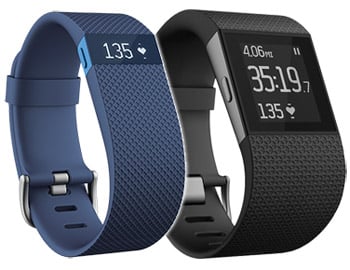Between 2014 and 2015, revenues from the sales of connected activity trackers grew 110 percent, with the average selling price (ASP) increasing from $96 to $109. At the same time, the number of units sold grew 85 percent, according to the NPD Group.
“The increase in ASP speaks to these devices becoming more sophisticated, and that consumers are looking for better-quality devices, not just entry-level products,” Ben Arnold, executive director, industry analyst for The NPD Group, said in a statement. “This, combined with unit growth, shows that prices aren’t falling to drive demand; demand is increasing along with rising prices.”
Fitbit kept the top spot, and is now accounting for 79 percent of all sales.
Arnold added that the dedicated fitness tracker market will continue to thrive for some time despite the emergence of smartwatches. Most notably, the launch of Apple Watch in April 2015 didn’t slow down sales of fitness trackers.
From 2014 to 2015, the average selling price of connected activity trackers increased from $96 to $109.The latest NPD Connected Intelligence forecast numbers suggest that fitness tracker ownership in the U.S. market stood at nearly 33 million devices at the end of Q4 2015, while smartwatch ownership stood at almost 13 million.
However, when it comes to product awareness, with 75 percent – fitness trackers trail smartwatches (83 percent). This will be one of the factors, NPD predicts, that will lead to a significant ramp up in smartwatch ownership growth starting in the second half of 2016, with an expected overall ownership number of just over 30 million devices by the end of 2017.
Nevertheless, fitness trackers still have “more headroom for growth,” according to Weston Henderek, Director of NPD Connected Intelligence, while strong awareness has not yet translated into more robust sales for smartwatches.
